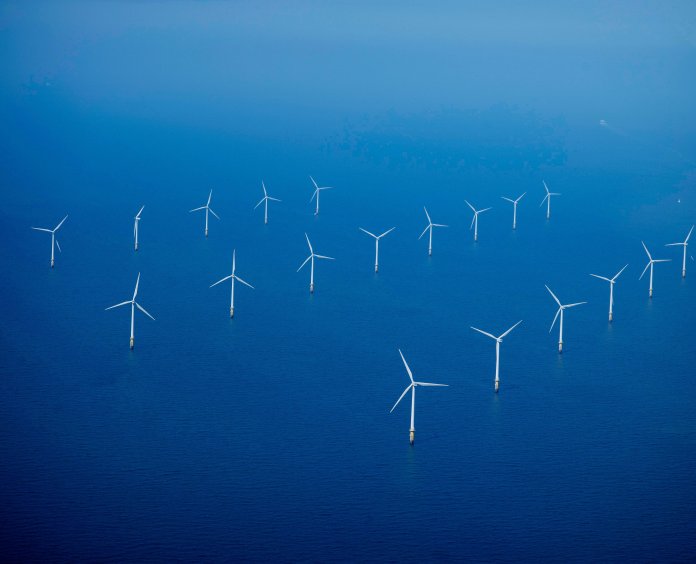In Europe, new offshore wind projects are in development on a zero-subsidy basis, while markets across the globe are opening up: The U.S. saw unprecedented pricing in the Massachusetts leasing auction, Taiwan’s first utility-scale project is nearing construction completion, and Japanese authorities METI and MLIT have started the process of designating their first offshore wind development areas.
In support of this growth, the technical, commercial, political and legal ecosystem required to coexist has evolved and become highly sophisticated. While the political and commercial landscape in the most mature markets provides a high level of certainty for investment, the risk profile in new markets still needs to be understood and analyzed to attract local and international backing. Multi-disciplinary technical specialists are pivotal cogs in the investment analysis machine.
The essential technical inputs necessary for robust evaluation and early-stage decision-making, and how these can be applied globally, are critical considerations when pursuing an offshore wind development. The following sections provide a brief overview of some of these specialist areas.
Site assessment
Once a bidding area, wind resource one or energy area (market dependent) has been opened up for scrutiny by prospectors, optimal projects within these areas are sought. This optimization is multifaceted, with site assessment by technicians and engineers providing a baseline and opportunity evaluation for project designs.
Site assessment may include wind resource evaluation, onshore grid connectivity optioneering, ground risk management, constraints mapping, metocean analysis and cable route engineering.
Wind measurement campaigns
To accurately evaluate a site’s wind speed conditions – and resultant revenues, design criteria and operability constraints – a developer needs to collect a large volume of accurate wind speed data, over a minimum period of typically 12 months.
Floating LiDAR is now the go-to technology for capturing this data. It is commercially accepted, quick to deploy, flexible in its operations and maintenance, and less CAPEX intensive than traditional fixed met masts. FLiDAR is a sign of the times and reflects the maturity and innovation in offshore wind development techniques.
Best practice guidelines have also been developed by a group of industry leaders to help effectively utilize the technology.

Metocean conditions
It is vital that the developer builds an accurate estimate of the weather standby during construction and operations, as these can double the cost of installation. Metocean conditions, in particular wave, water levels and currents, are needed for the design and cost estimate for foundations, particularly for floating foundations.
Cable route engineering
Cable events are the most commonly occurring source of insurance claims. By establishing a thorough and reliable understanding of the cable route landscape, through well designed site investigation, interpretation and route engineering, followed by client-led manufacturing and installation surveillance, these occurrences can be minimized.
Geophysical surveys and geotechnical site investigations
The data collected as part of any initial geophysical survey provides the first stepping stones for a ground-based risk management process and establishing preliminary parameters for infrastructure design.
Typically, this process begins with a desk top study, gap analysis and detailed survey scoping. The survey procurement and execution follows to characterize the seabed and its shallow geology. The geotechnical site investigation aims to understand the engineering properties of the shallow geology, but it also provides correlation or ground-truthing of the various seismo stratigraphic units identified from the geophysical survey(s), enabling the development of a 3D ground model and spatial mapping of the various soil units across the site.

Co-existence
As demand for competitive seabed access heats up globally, offshore renewable projects increasingly need to safely and operationally co-exist with current and future oil and gas infrastructure. Historically, this is a challenging landscape to navigate. A developer’s strategy may be to avoid areas most likely to be affected, but this may result in the exclusion of technically competitive sites. Furthermore, opportunities exist with oil and gas asset owners for collaboration on end-of-life re-use that cannot be leveraged if the topic is neglected.
Project design and advancement
A project’s baseline design and its alternatives will evolve and become more refined in parallel with site assessment activities. These designs will contribute to lease and subsidy bidding activities, wind turbine generator and balance of plant contract negotiations, attracting project investment and internal investment approvals.
As a project becomes more refined and successfully advances towards reality, it may transfer out of development and into delivery.
Typically, this coincides with consent approvals and the start of a major procurement exercise. The engineering design will become more advanced through a front-end engineering design process leading into detailed design, and the outputs will ultimately define and inform supply, transportation and installation contracts, and a final investment decision.
David Pullinger is energy resource services technical lead and Will Hodshon is geoscience project manager with Lloyd’s Register, a global provider of professional services for clean energy engineering and technology projects.




